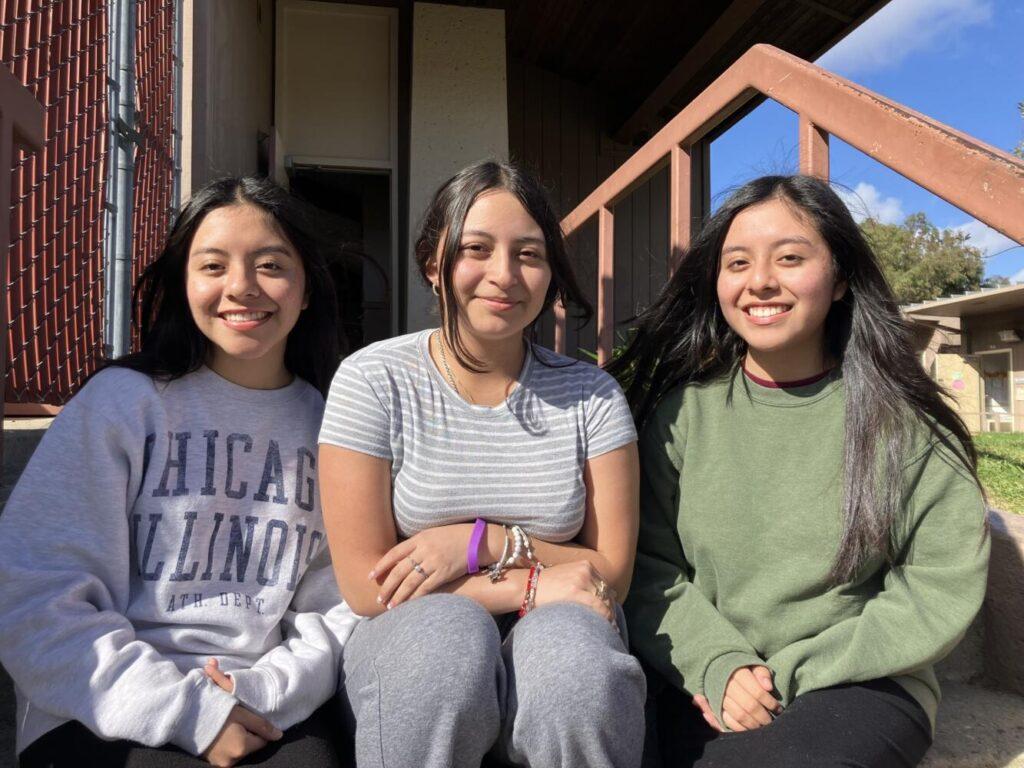In 1976, a group of parents filed a lawsuit against nine Bay Area school districts, including Palo Alto Unified, alleging that the districts were unconstitutionally segregated as a result of ongoing redlining and gentrification.
After months of deliberation and mediation, the case was settled in March 1986 with the mandated creation of the Voluntary Transfer Program, or Tinsley Program, named after Margaret Tinsley, one of the leading parent plaintiffs in the case.
Today, there are approximately 650 transfer students attending six Bay Area districts including PAUSD, according to Amy Love, who currently oversees the program.
While the program has been successful in bringing East Palo Alto students into districts with fewer minority students, many VTP participants describe feeling isolated at Palo Alto schools. Palo Alto High School junior Elizabeth Alvarez-Salazar said that the isolation was the worst for her in elementary school because there were fewer other Hispanic students at her school.
“Growing up, I’ve usually only been one of the only Hispanics in the classrooms,” Alvarez-Salazar said. “If I’m lucky, there’s only a handful of Hispanics in each classroom, but in elementary school, there weren’t that many at all.”
“Growing up, I’ve usually been one of the only Hispanics in the classrooms.”
— Elizabeth Alvarez-Salazar, junior
Junior Evelyn Estrada-Perez had similar experiences at Duveneck Elementary School, where she started as a kindergartner.
“Growing up going to schools in Palo Alto made me feel very isolated, despite the Tinsley program being designed to reduce racial isolation,” Estrada-Perez said. “There were not enough minorities or people that came from the same background as me, especially in elementary school, so I felt pretty alone.”
Another challenge faced by VTP students has been lengthy bus rides to get to and from school.
Depending on where in East Palo Alto they live, students can spend up to two hours on the bus each way. To address the transportation issues, in 2019, PAUSD Superintendent Don Austin consolidated VTP students to fewer elementary schools located closer to East Palo Alto.
The move was met with mixed reactions, with some VTP parents objecting to having their families uprooted from their school communities. Schools including Juana Briones Elementary School and Lucille M. Nixon Elementary School would no longer host VTP students, to reduce bus times. Palo Alto School Board member Jennifer DiBrienza said she remembers parents being concerned that their students would be separated from their friend groups as a result of the change to the program.
“Growing up going to schools in Palo Alto made me feel very isolated, despite the Tinsley program being designed to reduce racial isolation.”
— Evelyn Estrada-Perez, junior
“One of the concerns [from parents] was, ‘Hey, my kid has a friend group, you’re not going to make them leave, right?’” DiBrienza said.
The board chose to address this issue by allowing families who wanted their students to remain at a farther school to do so, DiBrienza said, while also funneling all new students into a fewer number of schools.
“I remember that we did make some accommodations, like okay for the next year or two, we’ll make it a slow transition,” DiBrienza said. “Anyone coming [into the program] new will go to a closer school. We’ll encourage everyone to go to a closer school, but if you really want to keep going, you’ll just be on the bus for a lot longer.”
While DiBrienza remembers the decision being mainly motivated by reducing bus times for VTP students, district officials also hoped that this change would help reduce racial isolation for students.
“I remember hearing that conversation and I just know that the driver [of the decision] was the buses, but I think [racial isolation] was also a consideration when thinking about it,” DiBrienza said.
While Estrada-Perez sees the benefits of this change and thinks it will help to reduce racial isolation, she has mixed feelings about it.
“I feel like if the program was designed to have students from other cities go into the Palo Alto district, then it should be all the schools, not just a few,” she said.



